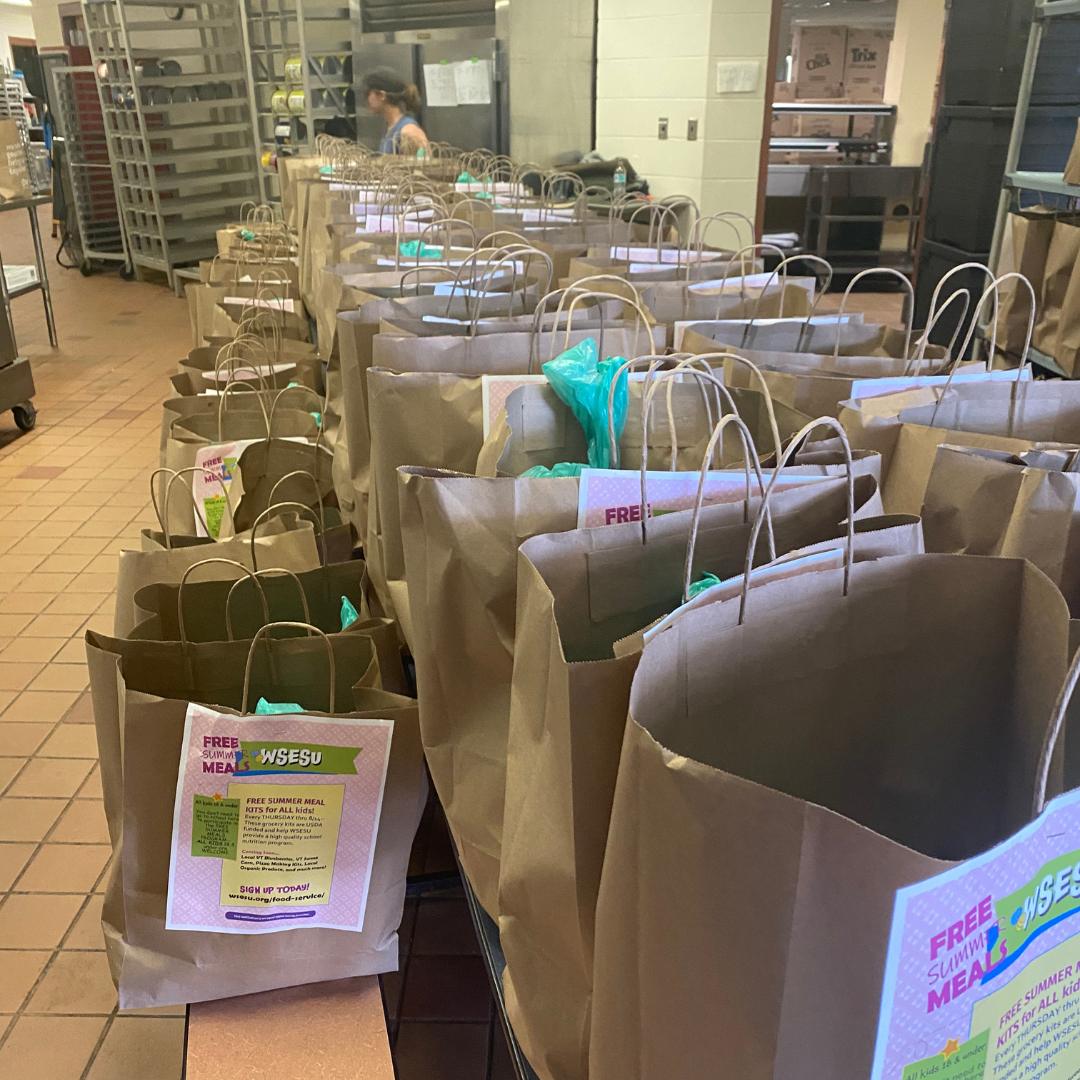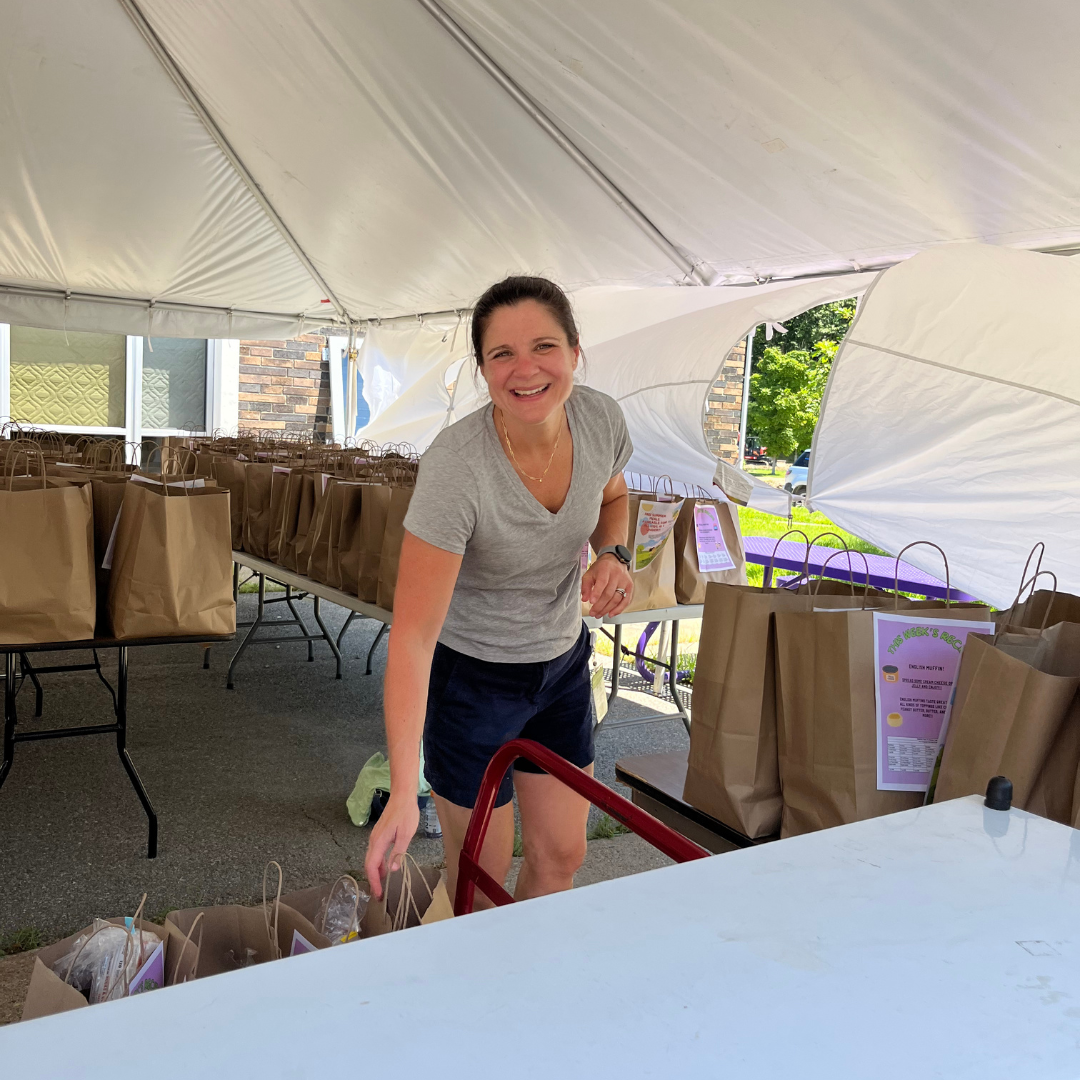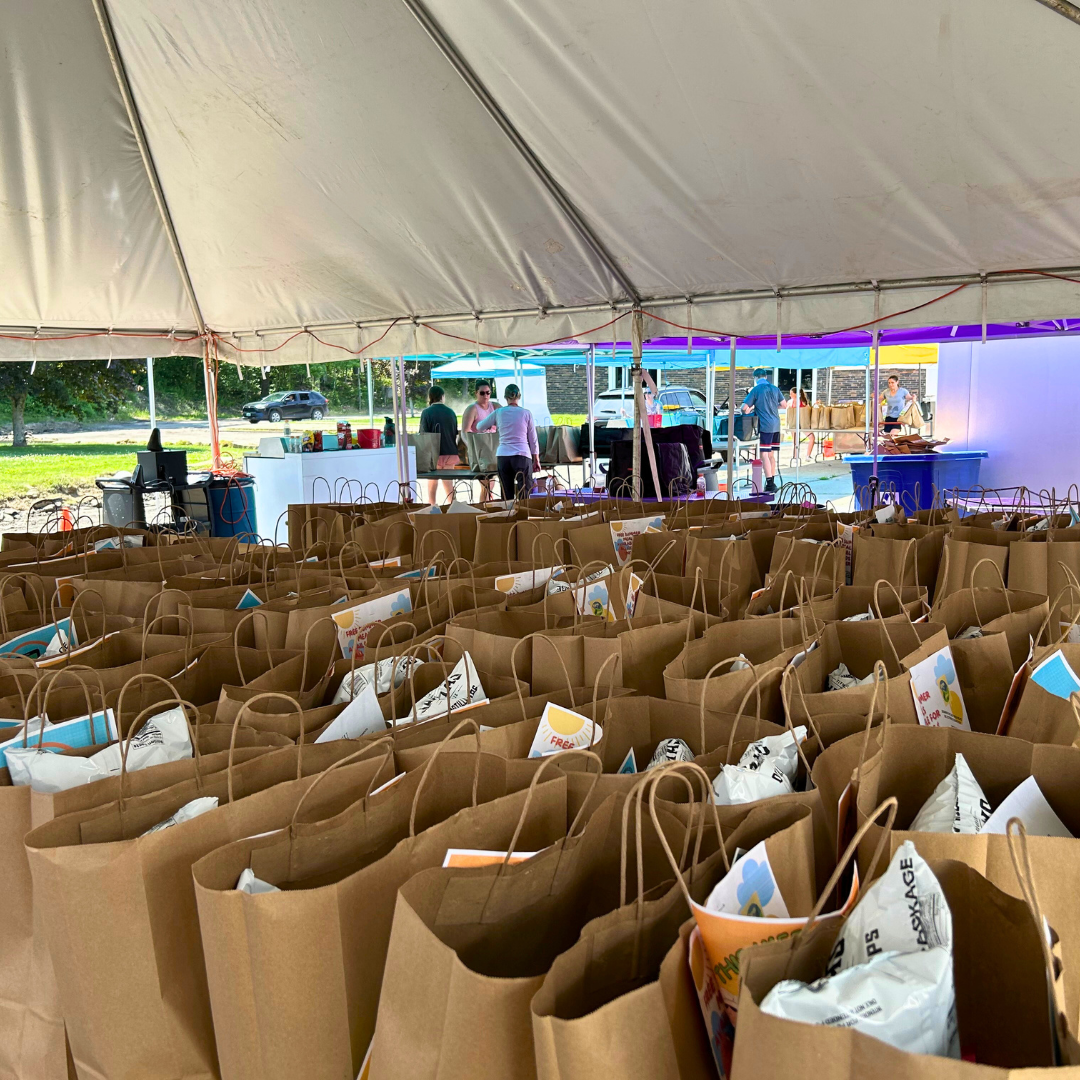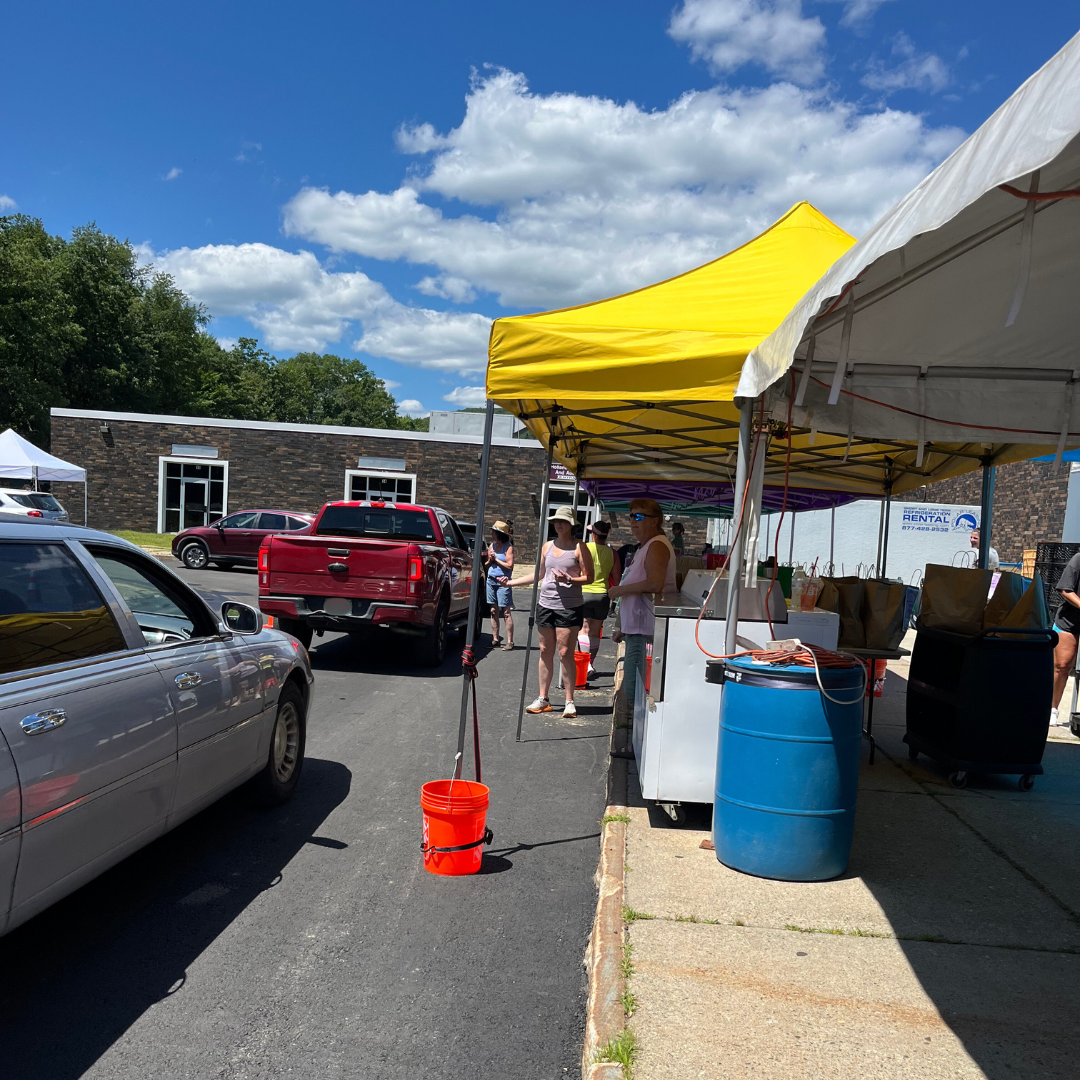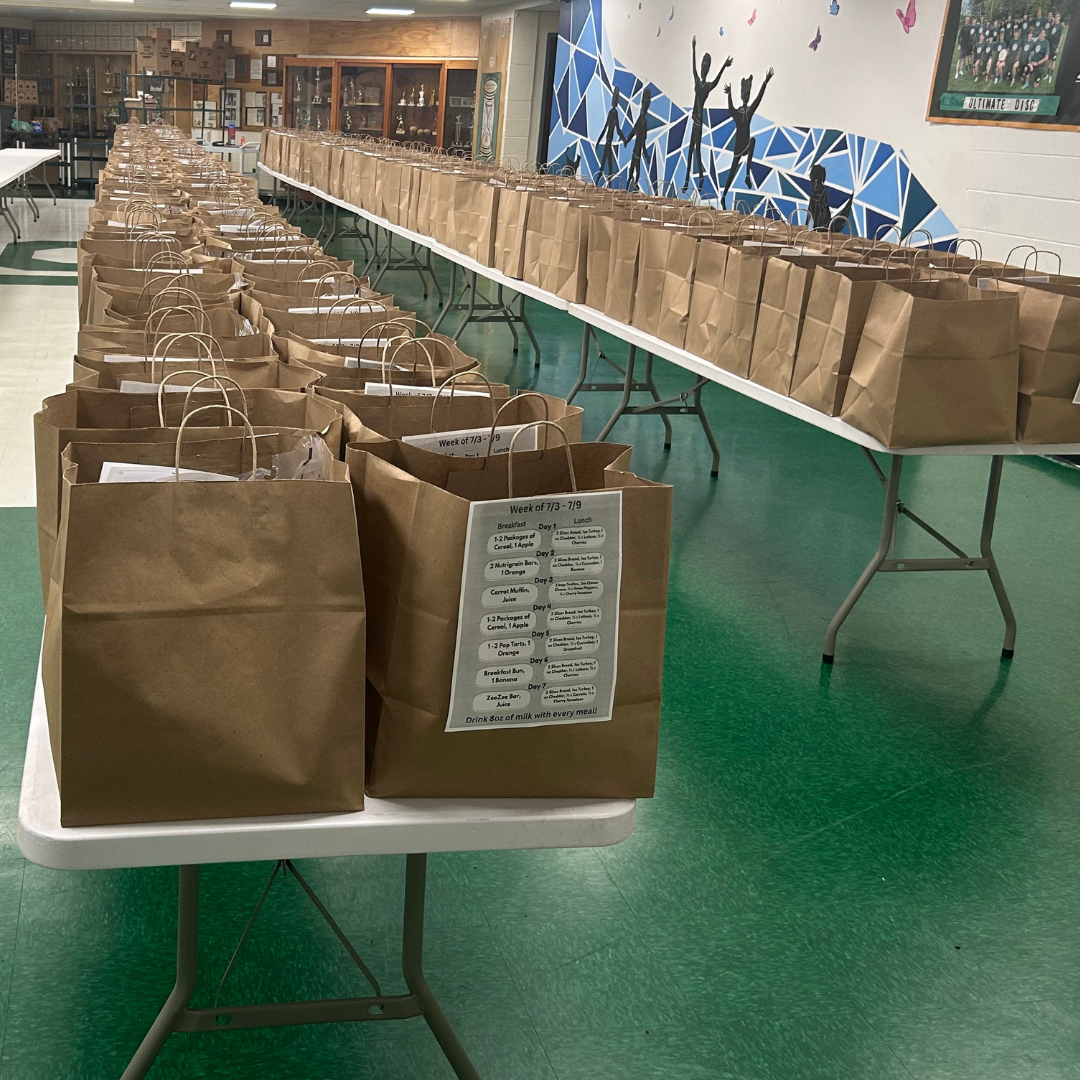Every other Tuesday, Brattleboro Union High School (BUHS) students meet during ACE block to participate in Farm Club, an in-school club dedicated to exploring students’ connection to the local food system. This is the second year of Farm Club’s existence, made possible through a four-year University of Vermont (UVM) Extension 4-H grant called Youth Innovators Empowering Agriculture across America (YEA), funded by the USDA. There are four other projects in New England funded by this grant, all focusing on improving access to 4-H experiential learning opportunities.
In the spirit of the 4-H partnership with BUHS, Farm Club became an official Windham County 4-H club during their November meeting. 4-H programming includes a community of more than 100 public universities across the nation. 4-H and Land-grant University Extension services provide resources and experiences where young people learn by doing. Through 4-H, youth complete hands-on projects in areas such as health, science, agriculture, and civic engagement, in a positive environment where they receive guidance from mentors and are encouraged to take on proactive leadership roles. Youth experience 4-H through in-school and after-school programs, community clubs, independent study, special interest groups, and 4-H camps. BUHS’s Farm Club is one of the few in-school clubs in Vermont, making it a pilot for other schools’ participation.
Students filled out the official 4-H charter, where they chose a name for the club, the “Green Paws,” and will enroll in the 4-H Z-Suite system, allowing students to access the many opportunities now available through the greater UVM 4-H network. Excitement brewed when club members learned that they could run for leadership roles as a 4-H club, such as president, vice president, treasurer, and secretary. Teen leadership is one avenue where students will gain life skills that will prepare them for journeys beyond school and 4-H.
The “Green Paws” are led by Windham Windsor County 4-H Educator, Camille Kauffman, and school para-professional, Paula Kettle. Farm to School Coach Adelaide Petrov-Yoo of Food Connects is also a key partner in club activities, leading monthly Harvest of the Month Taste Tests. So far, the club has conducted bell pepper and apple variety taste tests. Partnering with Food Connects integrates the club into Brattleboro’s wider community food culture.
4-H is grounded in the research-backed principles of Positive Youth Development, including sparking curiosity and inspiration, deepening community engagement, fostering a sense of belonging, and building meaningful connections between youth, caring adults, and their communities. Farm Club provides an ideal setting for 4-H, and the Green Paws look forward to the many ways they can expand their horizons by joining the network of four-leaf clovers.
View this infographic for more ways that Farm Club has launched and grown in the past year.
Written by Camille Kauffman




















